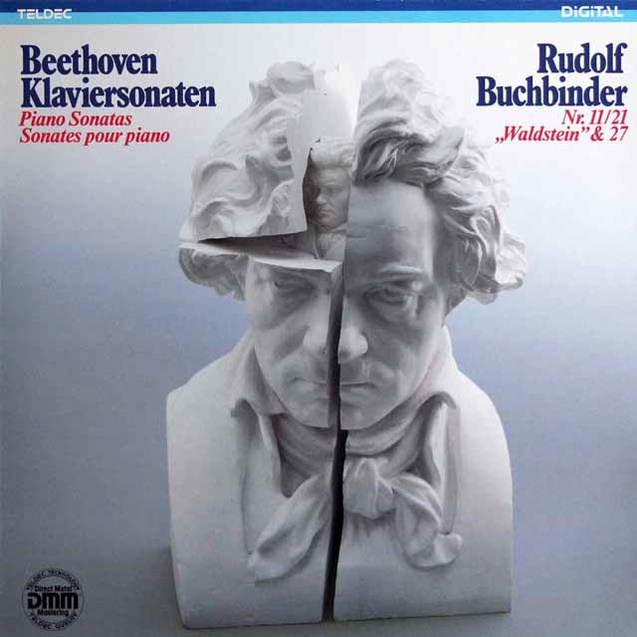 |
|
1 LP -
6.43111 AZ- (c) 1985
|
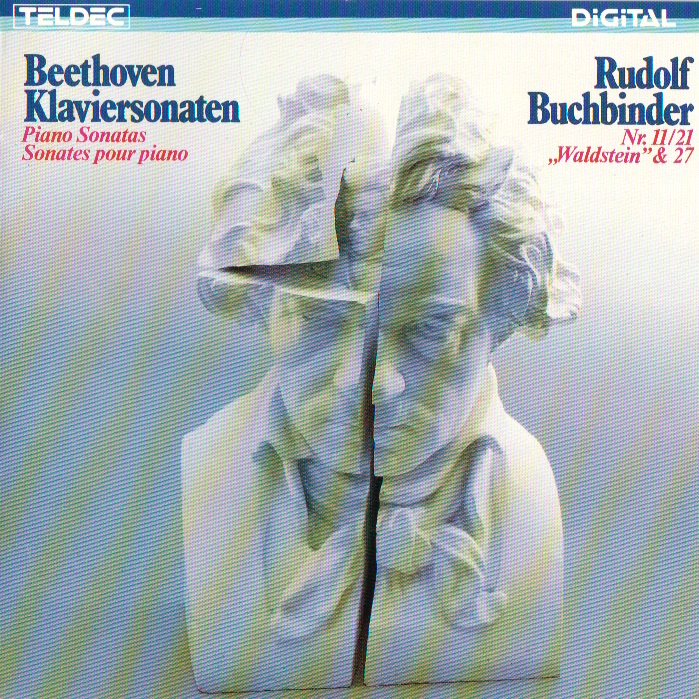 |
| 1 CD -
8.43111 ZK - (c) 1985 |
|
DIE
KLAVIERSONATEN
|
|
|
|
|
|
|
|
| Ludwig van
BEETHOVEN (1750-1827) |
Klaviersonate
Nr. 21 C-dur, Op. 53
"Waldstein-Sonate" - Dem Grafen
Ferdinand von Waldstein gewidmet
(Komponiert um 1803/04)
|
|
21' 49" |
|
|
-
Allegro con brio
|
9' 14" |
|
A1 |
|
-
Introduzione: Adagio molto
|
3' 37" |
|
A2 |
|
-
Rondo: Allegretto moderato
|
8' 58" |
|
A3 |
|
Klaviersonate
Nr. 11 B-dur, Op. 22 - Dem
Grafen Johann Georg von Browne
gewidmet (Komponiert um
1799/1800) |
|
24' 14" |
|
|
-
Allegro con brio
|
6' 58" |
|
A4 |
|
-
Adagio con molta espressione
|
8' 10" |
|
B1 |
|
-
Minuetto |
3' 26" |
|
B2 |
|
-
Rondo: Allegretto
|
5' 48" |
|
B3 |
|
Klaviersonate
Nr. 27 e-moll,
Op. 90 - Dem
Grafen Mority von
Lichnowsky
gewidmet
(Komponiert 1814)
|
|
11' 59" |
|
|
-
Mit Lebhaftigkeit und durchaus mit
Empfindung und Ausdruck
|
4' 36" |
|
B4 |
|
-
Nicht zu geschwind und sehr singbar
vorgetragen
|
7' 23" |
|
B5 |
|
|
|
|
Rudolf BUCHBINDER,
Klavier (STEINWAY-Flügel)
|
|
|
|
|
|
Luogo
e data di registrazione |
|
Kongreßsaal,
Villach (Austria) - luglio 1980
(Nr. 21)
|
|
|
Original
Editions |
|
Telefunken |
6.35490 FK - Vol.2 | 3 LPs | LC
0366 | durata: 53' 24" · 41' 14"
· 49' 53" | (p) 1981 | ANA |
stereo | (Nr. 21)
Telefunken |
6.35596 FK - Vol.3 | 3 LPs | LC
0366 | durata: 53' 24" · 41' 14"
· 49' 53" | (p) 1982 | ANA |
stereo | (Nr. 11, 27)
Teldec | 6.43111 AZ | 1 LP | LC
3706 | durata 58' 00" | (p) &
(c) 1985 | DDD/DMM | stereo
|
|
|
Edizione CD
|
|
Teldec |
8.43111 ZK | 1 CD | LC
3706 | (c) 1985
| DDD/DMM | stereo
|
|
|
Executive
Producer |
|
-
|
|
|
Recording
Engineer |
|
-
|
|
|
Cover design
|
|
Holger
Matthies
|
|
|
Note |
|
- |
|
|
|
|
| THE 32
PIANO SONATAS (10 CDs DMM) |
Piano
Sonatas Nr. 11 B-dur, Op. 22
With the sonata op. 22, composed
1799/1800, and with the First
Symphony, which appeared in 1802
and was dedicated to Count Browne,
Beethoven returned to the great
four-movement cycle, the “normal”
form, which had in the meantime
established itself for the
symphony and the string quartet,
but which Beethoven only used now
and again for his piano sonatas.
“This sonata is a real
humdingerl”, he wrote to his
Leipzig publisher Hoffmeister, and
by this he meant the virtuoso
demands of the first and last
movements.
Piano
Sonatas Nr. 21 C-dur, Op. 53
"Waldstein-Sonate"
This sonata, which
dates from 1803/04, is one of a
number of major works written at
that time: the “Eroica” Symphony,
the Triple Concerto and, first and
foremost, the opera “Fidelio”,
then still called “Leonore”. With
the “Appassionata” op. 57,
composed in 1804/05, the
“Waldstein” signifies a new phase
in Beethoven’s sonata writing.
This is the first appearance of the
“great” sonata, great not only in
its dimensions but also in its
structure which, while scaling
almost symphonic heights, shows in
the arrangement of the whole the
attention to the smallest detail.
There can be no mistaking the
common features between the
“Waldstein” sonata and the
symphonic innovations of the
“Eroica”. These new conceptions
are realised by means of
tremendous sonorities, by the
exploitation of all the registers
of the instrument, calling for
pianistic virtuosity far exceeding
that hitherto required but never
becoming an end in itself.
The unusual proportions of the
sonata were an afterthought:
between two very long outer
movements there is now a short
“Introduzione”, very free, almost
improvisatory, just one little
motif with constantly changing
figurations. But originally there
was a different second movement,
the so-called “Andante favori”.
Piano
Sonatas Nr. 27 e-moll, Op. 90
The op. 90 sonata of
1814 belongs to these years of
violent political turmoil in which
- and this surely had something to
do whith the disturbances -
Beethoven’s creative powers
deteriorated somewhat. In any
case, the composer had hardly
written any large-scale works
since 1810, apart from the Seventh
and Eighth Symphonies and the final
version of Fidelio (1814), though
not a few occasional pieces of a
patriotic nature had appeared. In
both movements of this short
sonata it is striking that an as
yet unknown importance is given to
the cantabile: quite simply, it is
the basic posture of both
movements, rather than being
confined to particular thematic
areas as it used to be. (Only in
the development of the first
movement does a more energetic
manner come through. Czerny
commented specifically on this
novel “bel cantabile”, which also
plays a most central role in the
following sonatas, op. 101,109 and
110.
|
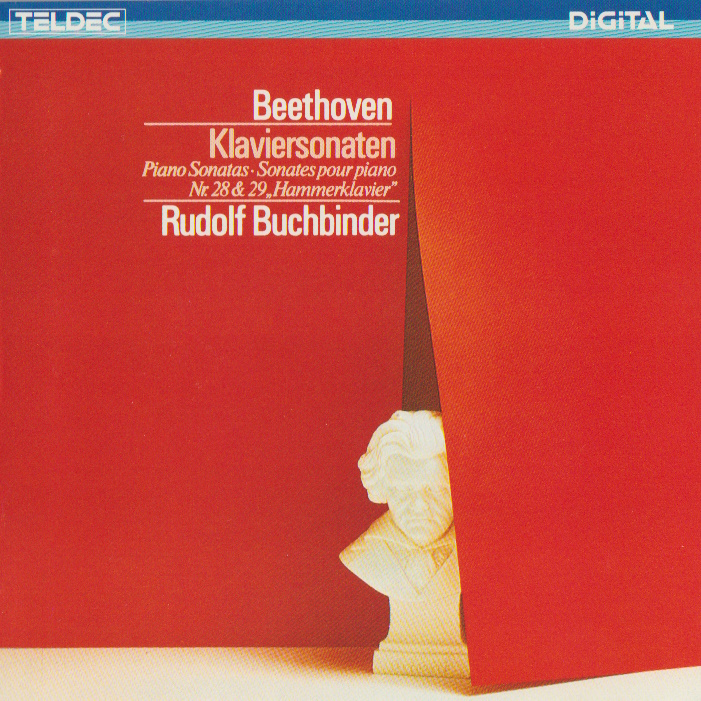
1 CD - 8.42761 ZK - (c) 1984
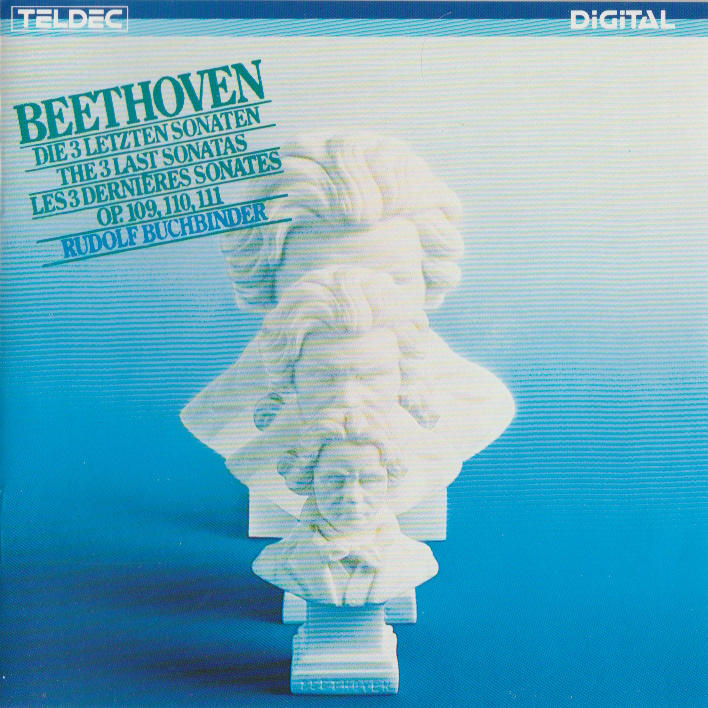 1 CD -
8.43027 ZK - (c) 1984
1 CD -
8.43027 ZK - (c) 1984
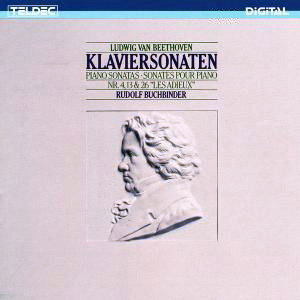
1 CD -
8.43206 ZK -
(p) 1985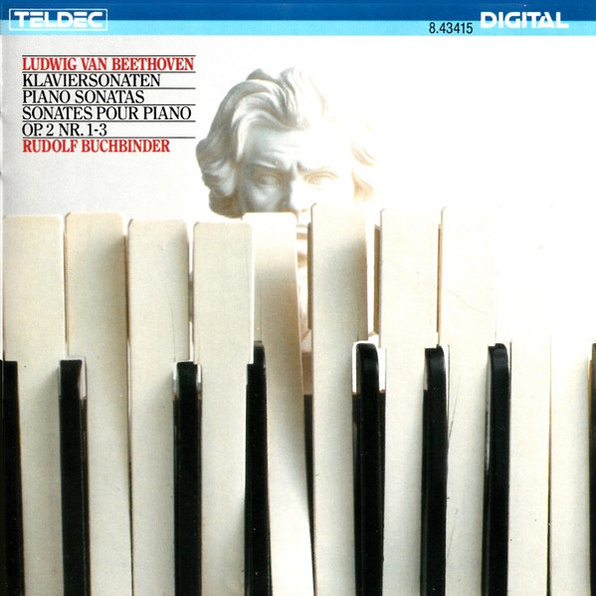
1 CD - 8.43415
ZK - (p) 1986
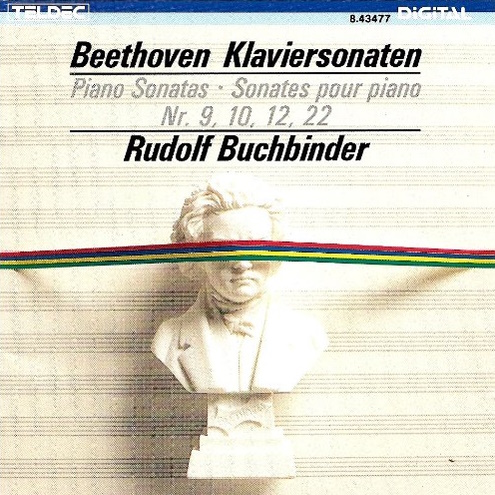
1 CD - 8.43477
ZK - (p) 1987
|
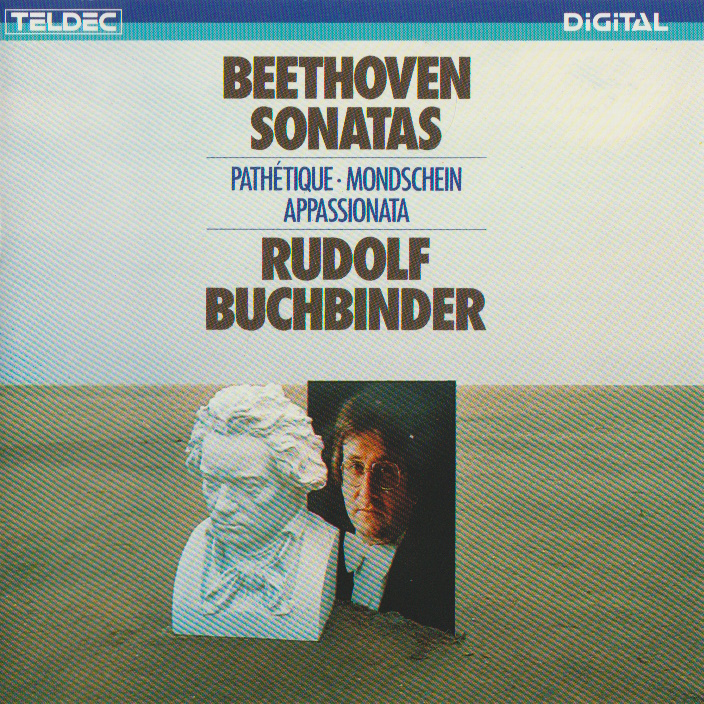
1 CD - 8.42913 ZK - (c) 1983

1 CD - 8.43111 ZK - (p)
1985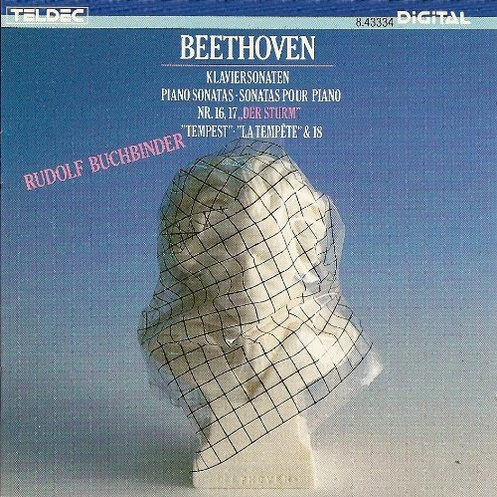
1 CD - 8.43334 ZK
- (p) 1986
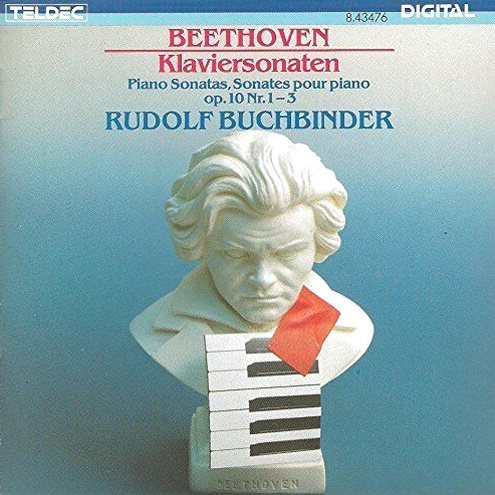
1 CD - 8.43476
ZK - (p) 1987

1 CD - 8.43478
ZK - (p) 1987
|
|
|
|
|